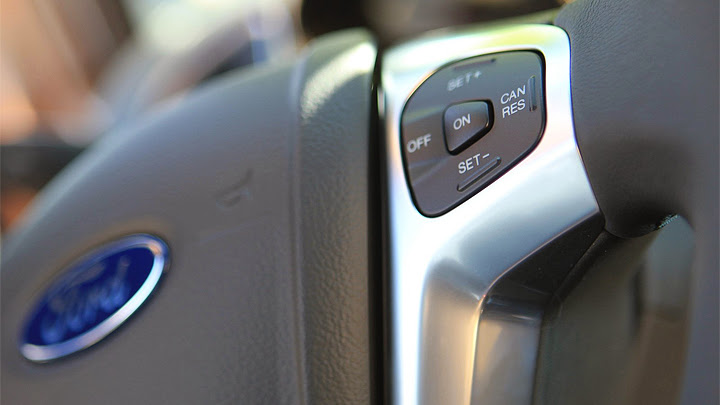Ford B-Max
Everybody knows that working with innovation is simply essential for any company which has any intention of prospering. Therefore, most peop...

Passat represented an important change for Volkswagen because it made its company effectively start to rethink its old decision regarding powertrain configurations. Hyundai fans will never forget the current Sonata because its innovation helped its automaker to define which path to follow in order to grow. Even “failed” vehicles, such as Chrysler Crossfire or Fiat Multipla, can be considered valuable. Seeing an automaker bear low sales is always distasteful, but it’s undeniable that these cars helped to know more of “how” to innovate just as much as all the others. After all, besides finding out how far it’s possible to go, it’s equally important to discover where to stop.
Analyzing those examples and any similar ones will converge into stating that partial innovations can be as good as complete ones – actually, in the car world they actually tend to get better acceptance. Ford was looking for a smaller people-carrier than the three options it already offers in Europe. Fiesta’s platform would be perfect for this job not only for its dimensions, but specially because both hatchback and sedan had great acceptance around the world. This is what was done, indeed, but somebody from Design or Engineering must have remembered of what slogan the company has been using lately. Long story short, B-Max ended with one single difference which is great enough to set it apart from almost any other car ever produced.








If you’re wondering how literal that “almost” is, just ask yourself how many other cars you know that use simply no central pillars at all. And after that, feel welcome to join the crowd that went to “Why so few companies have thought of that?”. Minivans have used sliding rear doors for decades, but pairing them to using no B-pillars is so interesting because this duo enhances these cars’ capability of attending the purpose for which they’re destined. It’s easier for people to get in, it’s easier to load longer objects and it’ll always attract surprised looks whenever you open the doors, not to mention how good it looks. Opel did a nice job with Meriva’s suicide doors, but it’ll be hard to beat Ford’s counterattack.
Besides, anyone who expected B-Max to be just a taller Fiesta with fancier doors will have some surprises when entering it. Instruments and steering wheel were carried over, indeed, but the console was redesigned, featuring more horizontal elements. Reducing its height was also useful to place the gear stick slightly higher, therefore closer to the driver. Air outlets are also different, but the really interesting exclusivities are hidden at the seats: the rear bench is divided in two parts, which extend the trunk floor when folded, while the front passenger’s has a different surface. Like in many minivans, you can operate these three elements independently in order to take whatever combination of people and cargo you need at the moment.








Other nice features are included at the equipment list. B-Max is the first European Ford car to offer Microsoft Sync. This infotainment central provides wired or wireless connectivity with cell phones and most MP3 players, whether for playing music, answering calls with the car’s speakers and other functions. This system turns more interesting because it can be operated with voice controls and, in some months, through a touchscreen. Besides, in case of emergency it’s capable of sending an emergency signal. And if we’ll speak of safety, it’s nice to know this MPV’s list includes a radar-based system which avoids an imminent collision – or at least tries – by hitting the brakes automatically.
Like most European cars, this one will have several powertrain options. The diesel ones are the Duratorq TDCi 1.5L (75 hp, 29.3 kpl and 109 g/km of CO2) and 1.6L (95 hp, 30 kpl and 104 g/km), the first appearing for the first time in Europe. The gasoline range, in turn, starts with the Duratec 1.4L (90 hp) and 1.6L (105 hp) engines, the latter paired to the six-speed Powershift transmission, but its flagship unit is the EcoBoost 1.0L. Equipped with start/stop system as standard, it comes with 100 hp or 120 hp and reaches 24.5 kpl and 114 g/km. This car also brings electric power steering, Smart Regenerative Charging for the battery and ECOnetic technologies as standard, in order to achieve maximum fuel efficiency.





